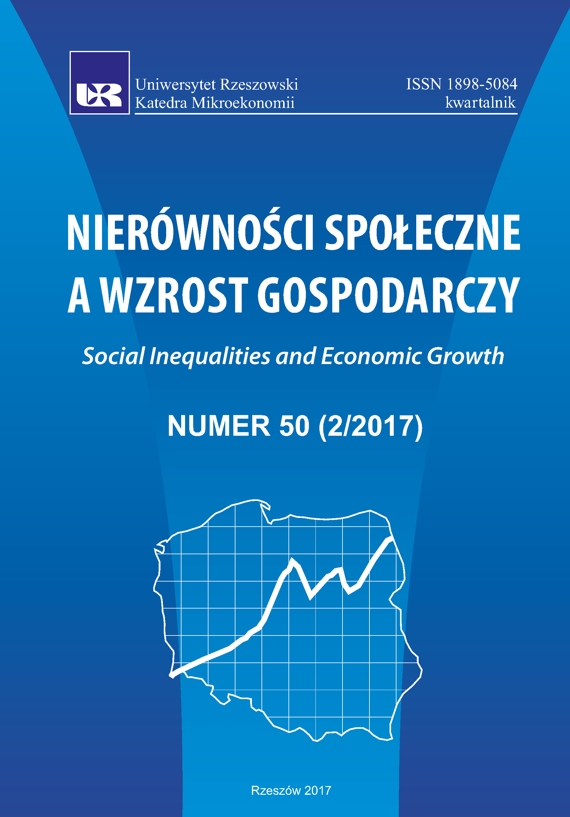Innovative integration relations opportunity for development of Polish agribusiness and increase competitiveness of the economy
DOI:
https://doi.org/10.15584/nsawg.2017.2.22Keywords:
links integration, innovation, clustering, coopetition, competitivenessAbstract
The main objective of this paper is to present the concepts, principles of operation and the benefits of effective functioning of innovative integration links, which are the structure of the cluster. The study attempts to evaluate the impact of these forms of links to regional and local development, indicate the conditions for the development of these compounds in the context of the processes of globalization, as well as their impact on the growth of innovation and competitiveness of the economy. Due to the multifaceted problems taken, as well as the limited volume of the article, the focus is mainly on some issues related to clustering. Considerations supported by the results of own research, conducted in the province of Podkarpackie. The surveyed farmers indicated the main factors encouraging them to enter into the structure of the cluster, ie.: a reduction of unit costs of production, the possibility of contracting the purchase of products, the ability to increase the scale of production and joint sales and shared business risks. While the representatives of processing companies among the assets to encourage the accession exchanged the following: greater competitiveness cluster entities, a significant reduction in transport costs, the possibility of co-financing of innovative activity, faster flow of information and knowledge and geographical proximity to suppliers/customers. Operation and expansion of these relations should be a key element of competitiveness and intensifying the development of not only individual entities or regions, but also the entire economy.Downloads
Download data is not yet available.
Downloads
Published
2020-11-13
How to Cite
Chorób, R. (2020). Innovative integration relations opportunity for development of Polish agribusiness and increase competitiveness of the economy. Social Inequalities and Economic Growth, 2(50), 349–356. https://doi.org/10.15584/nsawg.2017.2.22
Issue
Section
Articles
License
Copyright (c) 2017 University of Rzeszow

This work is licensed under a Creative Commons Attribution-ShareAlike 4.0 International License.


